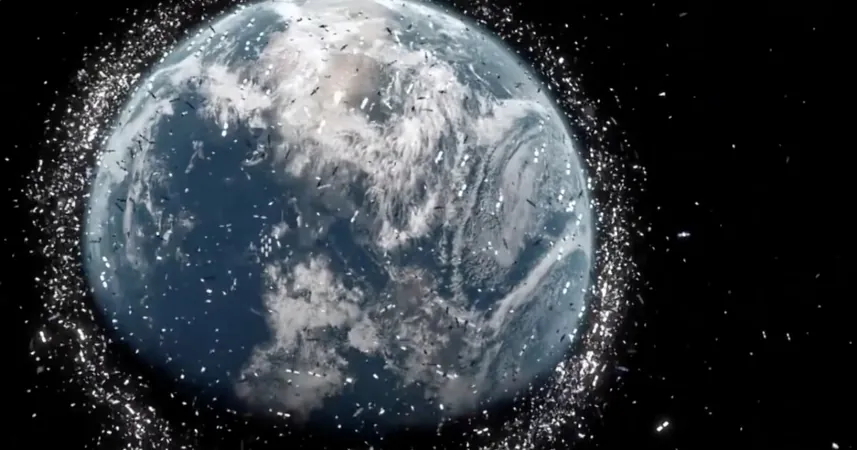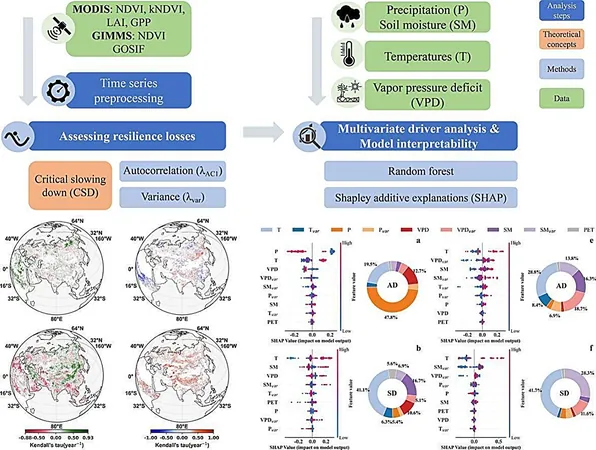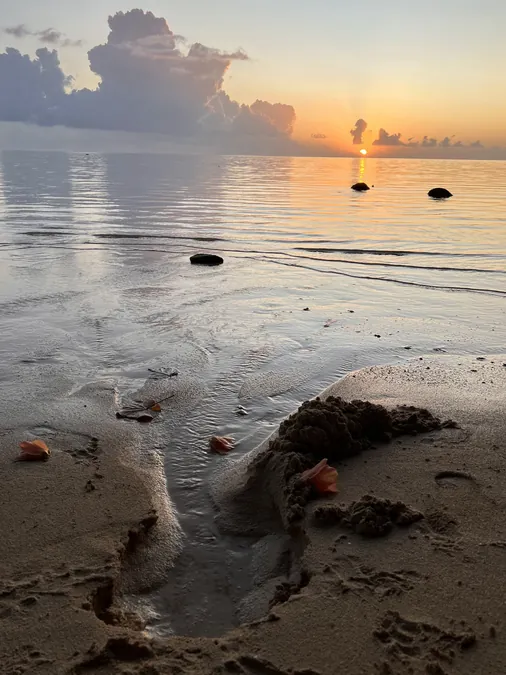
Kessler Syndrome: The Looming Threat of An Overcrowded Space Orbital Graveyard
2024-12-28
Author: Siti
Introduction
As the number of satellites orbiting Earth skyrockets, so does the peril associated with space debris. Experts are ringing alarm bells, pointing out that certain orbital regions may already be dangerously congested.
The Current Situation of Space Debris
Currently, there is a staggering 7 million kilograms of debris hurtling around our planet, which includes everything from defunct satellites to minuscule flakes of paint. The U.S. Department of Defense's global Space Surveillance Network is actively tracking over 27,000 pieces of this space junk. However, countless other fragments are too small to detect, yet they pose serious risks to both spacecraft and astronauts due to their incredible speeds.
Kessler Syndrome Explained
While a significant proportion of this debris will ultimately fall back to Earth and incinerate upon re-entry, this process can take many years. Until then, these hazardous materials remain in orbit, complicating missions and endangering lives. The cycle exacerbates itself: with every collision comes the creation of more debris, leading to an exponential increase in the potential for further crashes. This vicious cycle is referred to as Kessler syndrome, named after retired NASA engineer Don Kessler, who first highlighted this phenomenon in 1978.
The Dangers of Kessler Syndrome
In its most alarming manifestation, Kessler syndrome could trigger a self-sustaining chain reaction, rendering entire orbital paths hazardous and unusable. Some experts, according to NASA, assert that low Earth orbit is already nearing its limits, raising fears of an impending runaway disaster.
The Growing Commercial Space Sector
With the commercial space sector expanding rapidly, the probability of debris and resultant collisions is set to soar. Companies like SpaceX and Amazon are on the verge of launching extensive satellite constellations that could exacerbate the problem. Amazon's ambitious Kuiper project aims to deploy over 3,000 satellites in orbit, while SpaceX's Starlink already boasts more than 7,000, with plans to eventually increase that number to over 30,000.
Potential Solutions
Fortunately, some recent satellite designs, like those used by Starlink, incorporate mechanisms that allow them to deorbit quickly at the end of their operational life. This proactive approach could potentially mitigate the looming debris crisis by reducing the number of defunct satellites that linger in space.
Conclusion
As the race for space continues, the urgent need for international collaboration and innovative solutions to tackle the escalating debris problem becomes ever more critical. Will we act in time to avoid a cluttered cosmic graveyard? The future of space exploration—and our safety—may depend on it!



 Brasil (PT)
Brasil (PT)
 Canada (EN)
Canada (EN)
 Chile (ES)
Chile (ES)
 Česko (CS)
Česko (CS)
 대한민국 (KO)
대한민국 (KO)
 España (ES)
España (ES)
 France (FR)
France (FR)
 Hong Kong (EN)
Hong Kong (EN)
 Italia (IT)
Italia (IT)
 日本 (JA)
日本 (JA)
 Magyarország (HU)
Magyarország (HU)
 Norge (NO)
Norge (NO)
 Polska (PL)
Polska (PL)
 Schweiz (DE)
Schweiz (DE)
 Singapore (EN)
Singapore (EN)
 Sverige (SV)
Sverige (SV)
 Suomi (FI)
Suomi (FI)
 Türkiye (TR)
Türkiye (TR)
 الإمارات العربية المتحدة (AR)
الإمارات العربية المتحدة (AR)